Last Week’s Bonus Round: “Everything Is Free” is Track 9 from singer/songwriter Gillian Welch’s 2001 album, “Time (The Revelator)”.
“Time (The Revelator) is the third studio album by American singer-songwriter Gillian Welch. All songs were written by Welch together with David Rawlings and were recorded at RCA Studio B, Nashville, Tennessee,[1] with the exception of "I Want to Sing That Rock and Roll".
The album was…nominated for Best Contemporary Folk Album at the 2002 Grammy Awards, but lost out to Bob Dylan's Love and Theft.[19] (Ed. Man, tough competiton…)
Credits: Musicians
David Rawlings – guitar, vocals
Production
Recorded at RCA Studio B, Nashville, Tennessee
Produced by David Rawlings
Engineered by Matt Andrews
Mastered by Steve Marcussen at Marcussen Mastering, Los Angeles, California
Artwork
Design by Frank Olinsky
Photography by Mark Seliger
Credit Wikipedia Link: Time (The Revelator)
Key of CMajor, 4/4 (common) time, 103 BPM four pretty simple chords: Dm, FMaj, CMaj, GMaj. There are two extended chords which are really simple to fret: The Gsus4, which looks like this:
Note about the Gsus4 - This chord diagram makes this look a lot harder than it needs to be. If you’re playing the GMaj chord the simple way with ring finger on the low E at the 3rd fret, middle finger on the A at the 2nd fret and little finger on the high E at the third fret, you’re already playing the GMaj chord in one octave, and a portion of the chord in the next higher octave on the open G, open B and and repeating the G on the 3rd fret of the high E string. The chord is G-B-D so those three notes are present on the low E, A, and D strings, and two of the notes on the G, B, and high E strings. so all you really need to do is place your index finger on the first fret on the B string to play the C there. Why play the C? Remember how Major chords are constructed - the root, major 3rd and a perfect 5th. A suspended chord just “suspends” (that is - removes) the major third and replaces it with a perfect 4th (sus4 chord - in this case the perfect 4th of the chord rooted on G is C) or replaces it with the major 2nd (sus2 chord).
And the Dsus4 which looks like this:
You really “don’t have to lift a finger” to make this chord - just retain the familiar DMaj shape and fret on the 3rd fret with your little finger.
Yes, piano/keyboard players, I feel your smirk, I see your eyeroll…
But can you dawdle? Remember the “dawdle” is just a brief fret and remove (kind of a hammer-on, pull-off, but of short duration and not particulary as part of a solo, more of a slur over a chord) of the finger that modifies the chord and produces that “slur” to the note - good for adding “color” and the distinctive guitar sound. You can also easily dawdle the CMaj to CMaj7 by lifting your index finger from the B string, or the FMajAdd9 (you’re not actually barring that FMaj, are you?) by lifting your index finger - that produces an FMaj#4Add9 (I don’t know that that is an actual chord, but it can sound kinda cool in the right context). I notice there are is an Fm and a Gm in the chordify “score” - I suspect those are artifacts that the Chordify algorithm “hears” as dawdles but are really just the result of extraneous notes produced during chord changes, but maybe not. Dunno - I wouldn’t even bother with them if I were playing this.
Disclaimer: This Substack is free, always will be, and I receive no compensation or other benefit (except the unsolicited, occasional, and much appreciated shoutout from readers and other Substackers!) from any of the people or companies or products I link to or write about. Note some images and other material may be copyrighted by the original author or composer and appear here under the “Fair Use” doctrine. Link: Fair Use
Michael Acoustic
Thanks new subscribers! Mika, the cat, welcomes you!!
There are times when ya just wanna curl up in an old flower pot and tell everyone to “just leave me alone!”
“Pride goeth…” Yep.
So last week’s Regular Friday Post was about creating what I thought was a great graphic for my song “Long Road Back”:
Not so much… I had barely clicked the “Publish” button on the post when I checked my email to find a message from CD Baby that said I had to submit a NEW graphic because “reasons”. That’s overly snarky, because there was at least one - “blurry text” - that was very valid from a list of possible reasons. No point in arguing, and I realized that upscaling a pic from my phone was likely a little too “free” to be a great solution anyway. So, $50 later I had a pretty cool app for my Mac called “Pixelator Pro” (Ed. see disclaimer above. I realize it’s not the “industry” standard Photoshop, but that requires a fairly expensive subscription for something I would only use a few times a year. So.)
Anyway, literally a few minutes later I had layered (Ed. Yes, it helped to have had some previous experience with Photoshop back in the day) 2 images - I left out the starfield/sunset because I felt that would have been a source of blurriness/pixelation - with some text and produced this:
While I still kinda like the lofi vibe of the original graphic, admittedly this one looks a lot better, and more importantly, passed CD Baby’s inspection.
Yeah, lesson learned…
I’ve promised to write about creating the song and the processes behind that. Today I’ll talk about where the song came from (Ed. I’m not Townes Van Zandt - it didn’t just “float in the window…”). I had a very specific visual image in my head - as I wrote last week - a stretch of I90 between the “Ryegrass” rest stop and the Columbia River (at the town of Vantage) in Washington State. When I lived in Vantage as a 1st grader, I90 didn’t exist, but at the time State Route 10 was a stretch of highway between the Vantage that was flooded due to the Wanapum Dam opening and the “new” Vantage that my family had to move to when it did - a “higher ground” sort of thing. The road image in the graphic is from a very old DOT picture of State Route 10 as it was then, it’s now just the “East Vantage Highway”, which seems a bit grandiose, but…
So that’s literally where the hook, “long road back”, came from. I was far too young to have driven State Route 10, but I’ve driven on the parallel I90 stretch many times. From there, I started writing lines which after many revisions became the verses, choruses, bridge and tag of the song. I’ll talk in detail about the process of editing and the tools I used to get to a final version over the next few weeks. For today, I want to talk just a bit about something I’ve been reading about that may shed some light on how a visual image turns into written lyrics - or maybe it’s the other way around, dunno.
“Synesthesia (American English) or synaesthesia (British English) is a perceptual phenomenon in which stimulation of one sensory or cognitive pathway leads to involuntary experiences in a second sensory or cognitive pathway.[1][2][3][4] People who report a lifelong history of such experiences are known as synesthetes.”
Credit: Wikipedia Link: Synesthesia
Am I a “synesthete”? Doubt it, it sounds a little too ominous for my taste, and in fact the I90 visual was not the only basis for the hook. Although the chord progression and melody are decidedly different, I later realized the hook to the Nitty Gritty Dirt Band song, “Long Hard Road (The Sharecropper’s Dream)” was at least a possible, if minor, influence (Don’t “Sheeran” me - I’m a turnip!!).
I’ll leave you with both (see what I did there?), let me know in the comments what you think!
What I’m Listening2:
You didn’t actually think I was going to link a playlist that didn’t have my song in it, did you?
Bonus Round: I’m making this waaay too easy because I want to turn y’all on to fellow Substack writer Marc Carrasco’s fabulous Substack the “Relax & Reflect Cafe” - go check it out!!
Cheers and keep playing!!
Michael Acoustic


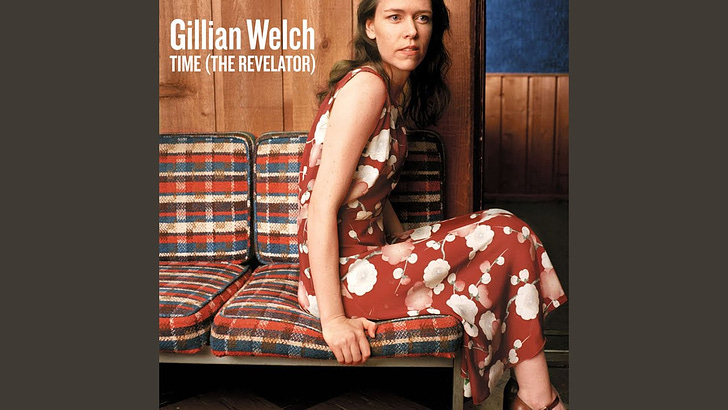


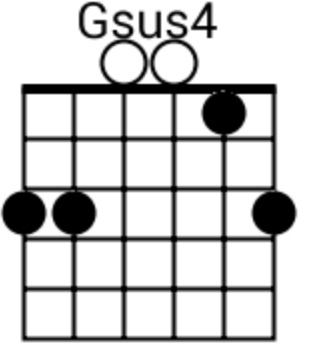
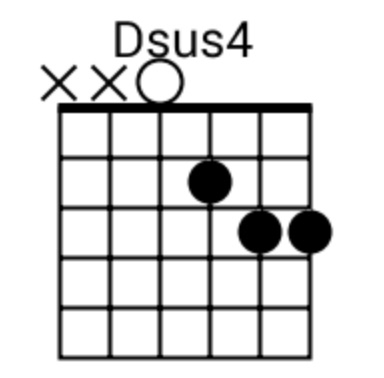
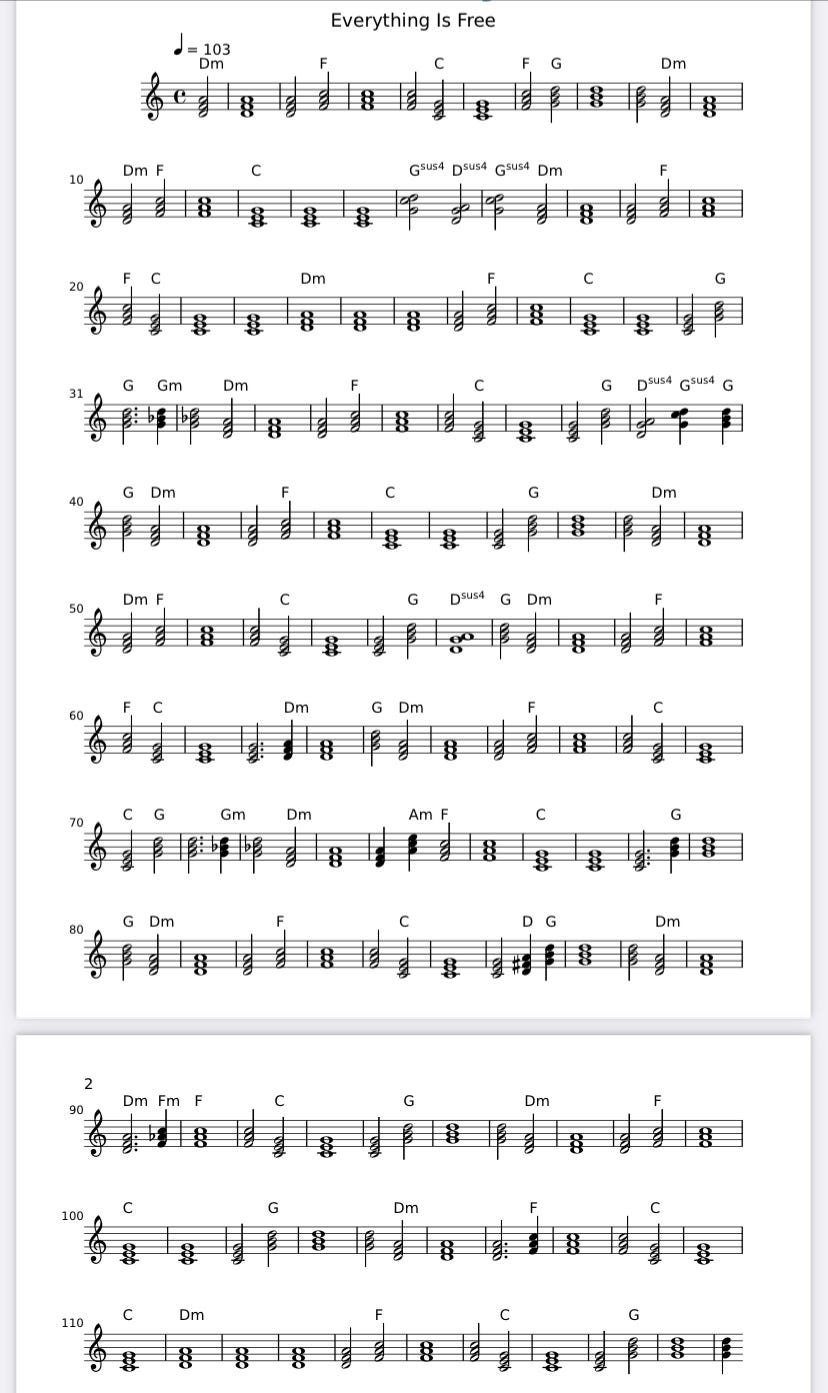
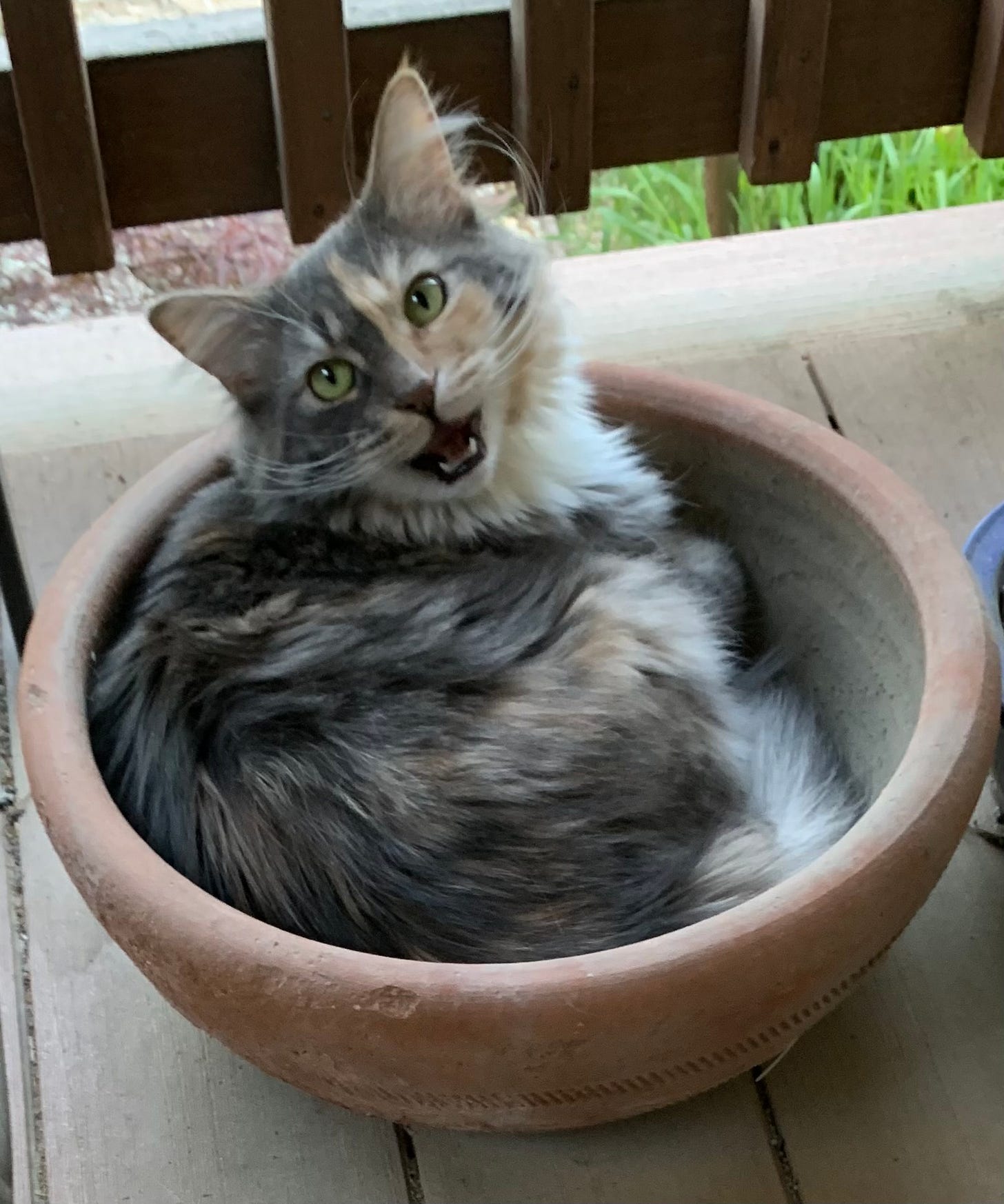


This is just great, Michael. Thanks a lot for the mention! Waiting for your song to be available in Spotify and YouTube and feature it on the playlist :).